The USD 454.5 million project will supply approximately 1.6 million pigs each year to Ho Chi Minh City and southern provinces beginning 2027.
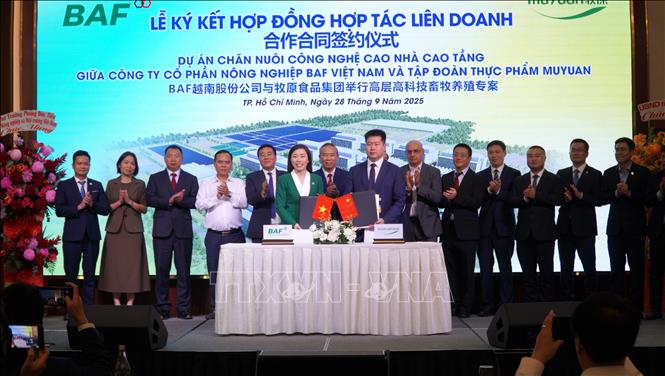
BAF Vietnam Agriculture JSC has partnered with China’s Muyuan Foods Co Ltd to build Vietnam’s first high-rise livestock complex, according to Vietnam News Agency.
Located in Tay Ninh province, the facility will house around 64,000 sows and include a feed mill with an annual capacity of 600,000 tons.
Starting in 2027, it will supply approximately 1.6 million pigs each year to Ho Chi Minh City and southern provinces. This is a major step toward self-sufficiency and reduced reliance on imported pork.
With an investment of approximately USD 454 million, the project is expected to generate USD 378 million in annual revenue. It received national approval in August.
Vietnam’s meat import challenge
Despite a well-developed livestock sector, Vietnam continues to rely heavily on imported meat. As of July 2025, the country brought in 534,800 tons of meat products worth over USD 1 billion—an 11% increase year-on-year.
Pork remains the most consumed meat in Vietnam, and rising import volumes have raised concerns about food security and price volatility.
The Tay Ninh complex aims to help close this gap. By late 2027, nearly 20,000 pigs from the facility are expected to reach southern markets, helping meet peak year-end demand and stabilize prices.
In the meantime, BAF Vietnam continues to maintain a steady supply, delivering around 800,000 pigs in 2025, including 800-1000 pigs monthly to Ho Chi Minh City.
Innovation, biosecurity, and sustainability
BAF Vietnam General Director Bui Huong Giang said the high-rise model improves disease control and biosecurity. Advanced design and filtration systems will help prevent outbreaks of viruses like African swine fever.
The facility will follow circular economy practices by recycling wastewater and converting waste into organic fertilizer. This will help reduce environmental impact and support Vietnam’s sustainable farming goals climate resilience.
A representative from Muyuan, China’s leading livestock group, said the vertical farm design optimizes land use, needs less labor, and cuts feed and logistics costs. These efficiencies are expected to make pork more affordable for consumers.
This pioneering project marks a new chapter in Vietnam’s livestock sector—one built on innovation, sustainability, and strategic collaboration.
Subscribe now to the technical pig magazine
AUTHORS
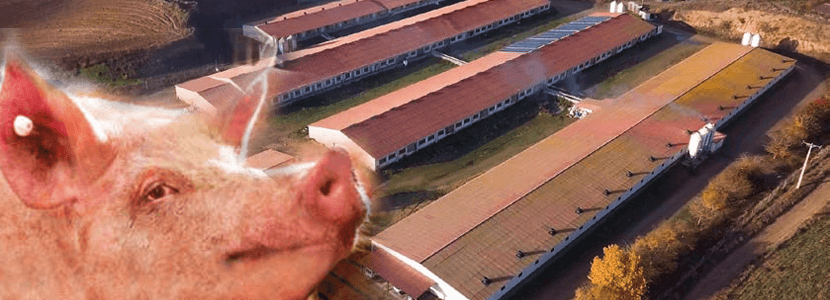
Bifet Gracia Farm & Nedap – Automated feeding in swine nurseries

The importance of Water on pig farms
Fernando Laguna Arán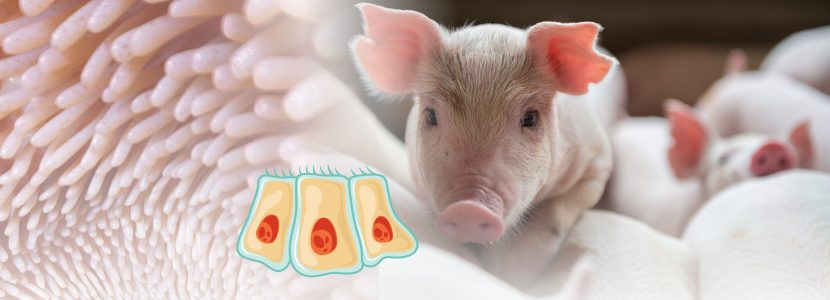
Microbiota & Intestinal Barrier Integrity – Keys to Piglet Health
Alberto Morillo Alujas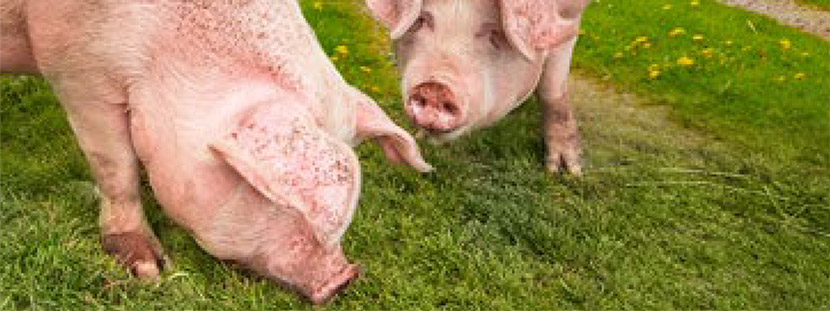
Impact of Reducing Antibiotic use, the Dutch experience
Ron Bergevoet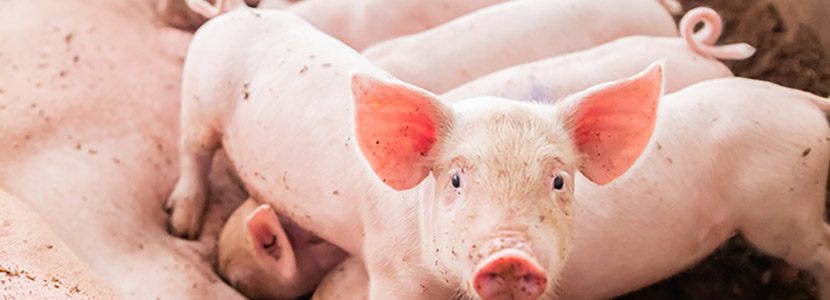
The keys to successful Lactation in hyperprolific sows
Mercedes Sebastián Lafuente
Addressing the challenge of Management in Transition
Víctor Fernández Segundo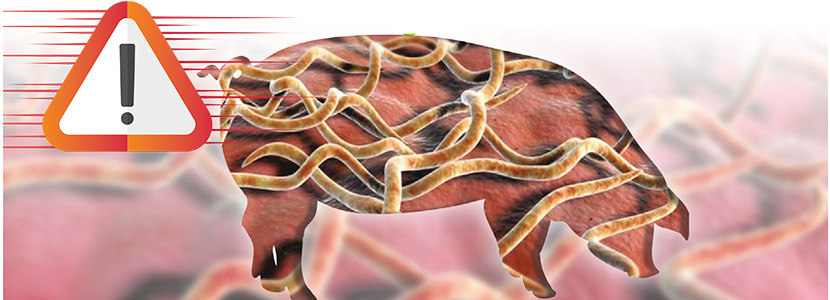
Dealing with the rise of Swine Dysentery
Roberto M. C. Guedes
Actinobacillus pleuropneumoniae – What are we dealing with?
Marcelo Gottschalk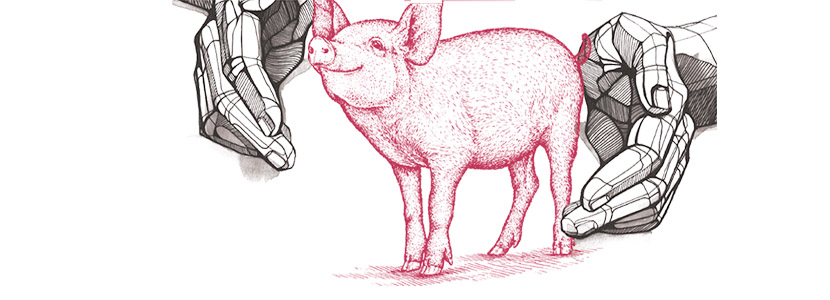
The new era of Animal Welfare in Pig Production – Are we ready?
Antonio Velarde
Gut health in piglets – What can we do to measure and improve it?
Alberto Morillo Alujas
Interview with Cristina Massot – Animal Health in Europe after April 2021
Cristina Massot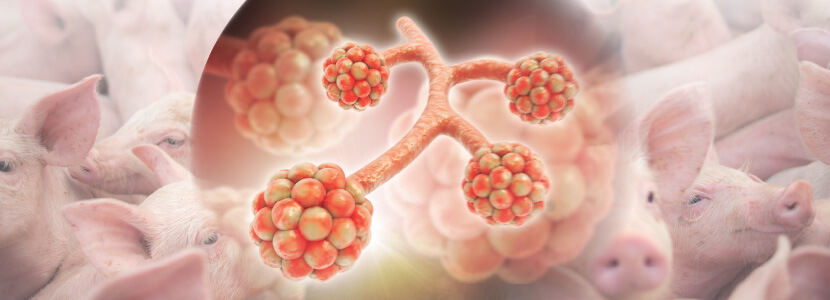
Differential diagnosis of respiratory processes in pigs
Desirée Martín Jurado Gema Chacón Pérez